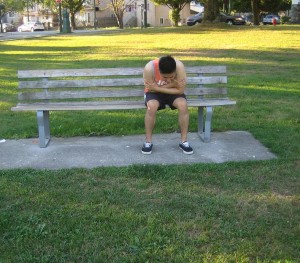Insulin shock occurs if excess insulin is taken and considered as a diabetic emergency. The condition involves distressing symptoms that if left untreated can lead to diabetic coma, damage to the brain and even death.
What are the causes of insulin shock?
Having excess insulin in the blood can lead to poor glucose levels. Once the blood sugar drops too low, the body does not have enough fuel to perform its regular functions. When insulin shock occurs, the body is deprived of fuel that it starts to shut down.
If an individual has diabetes and insulin is used to control the blood sugar, one can end up with excess insulin in the blood. The other possible causes include:
- Not eating enough
Once the blood sugar declines below normal, the individual might suffer from minor to moderate symptoms such as dizziness. - Drinking alcoholic beverages without eating food
- Lack of exercise
How it affects the body?
Once the blood sugar declines below normal, the individual might suffer from minor to moderate symptoms such as:
- Shaking
- Dizziness
- Sweating
- Irritability
- Hunger
- Rapid pulse
- Nervousness or anxiety
At this point, immediate steps can be taken to recover. The individual can be given sugar tablets or high-sugar alternatives such as candy, fruit juice or honey. The objective is to provide insulin with something to work with to stabilize the blood sugar and minimize the symptoms.
If the individual feels better within 15 minutes, it can lead to full recovery. If not, treatment should be continued with 15 grams of carbohydrates until the blood sugar rises and then provide a meal to eat.
If an individual experiences insulin shock, some of the above symptoms might be present but progress more rapidly. The continuous drop in the blood sugar can also cause the following:
Management
Mild to moderate hypoglycemia can be treated by eating sugar. If the individual starts to experience symptoms of severe hypoglycemia, it requires aggressive treatment options. If an individual starts to experience insulin shock, these steps must be taken:
- Call for emergency assistance especially if the individual loses consciousness
- Provide the individual with sugar right away. A glucose pack can be given or rub sugar on the gums and beneath the tongue.
- Administer a shot of glucagon if the individual loses consciousness. In case glucagon is not available, the emergency team might have one.
More Information / Disclaimer
The information posted on this page on insulin shock is for learning purposes only. Learn to recognize and manage diabetic emergencies by taking a standard first aid course with Toronto First Aid.

